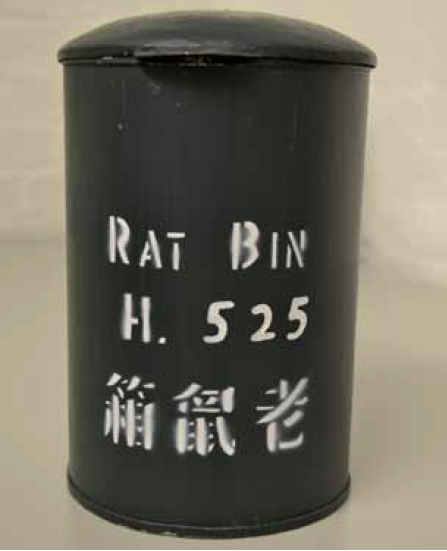
What’s the History of the Duddell Street Gas Lamps?
The gas lamps of Duddell Street are the final four gas lamps in the city. But where do they come from?
In the earliest days of the colony, street lighting came in the form of oil lamps hanging in the doorways of houses. Convenient for homeowners and cheap for the government, but not great for nocturnal navigation. So in the 1850s the government erected public oil lamps between Central and Wan Chai, and in 1864 the Hong Kong and China Gas Company—better known as Towngas—introduced gas lighting to the territory. The gasworks on Whitty Street in Shek Tong Tsui was the first of its kind in Asia, making the city also the first in Asia to be lit by gas. Kowloon, naturally, had to wait another 28 years.
When first introduced, the lamps had to be manually lit and extinguished every day. These days the process is automatic, and the Duddell Street lamps (still served by Towngas) flick on and off automatically at 6pm and 6am, respectively. The other 140,000 other street lamps in the SAR? They use electricity.
But here’s an interesting tidbit concerning the city’s street lamps you might not know about: the rat bins. In the late 1890s Hong Kong fell victim to the third plague pandemic, an outbreak of the bubonic plague that originated in Yunnan province and swept across the globe, killing more than 12 million people. Hong Kong lost at least 10,000 and resolved to fight the disease: In fact, the bacteria which causes bubonic plague was first discovered in Hong Kong.
So in the early 1900s the government installed “rat bins” on public lamp posts to help prevent a recurrence of the plague. Rat bins were small cylindrical containers attached to the posts, filled with disinfectant. Anyone who found a dead rat—or killed one at home—was told to drop the ex-rodent into the bin. Twice a day a government rat collector would come by and empty the bins, taking them away to be tested for plague. It was an elegant way to detect potential infections before they set in.

Photo: Hong Kong Museum of Medical Sciences
As modern medicine improved and the risk of plague decreased, rat bins were gradually phased out and by the late 70s there were none left on the lamp posts of Hong Kong. But there’s one enduring legacy of Hong Kong’s rat bins: the Cantonese saying 電燈柱掛老鼠箱—deen dung chu gwa lou shu seung, or “rat bin hanging from a lamp post.”
It’s a caustic term for a mismatched couple: A tall woman with a short, squat man, or vice-versa. Forget gas lamps—what better way is there to remember our city’s heritage?

